M72 LAW: American Light Anti-Tank Weapon in Vietnam and Beyond
July 4th, 2023
6 minute read
At 2247 hours on 24 April 1980, a U.S.A.F. MC130 Combat Talon aircraft callsign Talon 1 touched down in the flat desert 200 miles from the Iranian capital of Teheran. U.S. Army Rangers dismounted and secured the landing area, code-named Desert One, for follow-on Air Force cargo planes and Navy helicopters. 93 Delta Force operators and 13 Special Forces soldiers from Detachment A of the Berlin Brigade as well as a dozen Rangers and sundry support troops stood poised to attempt one of the most daring special operations missions in history. The objective was to free 52 American hostages held by Iranian extremists.
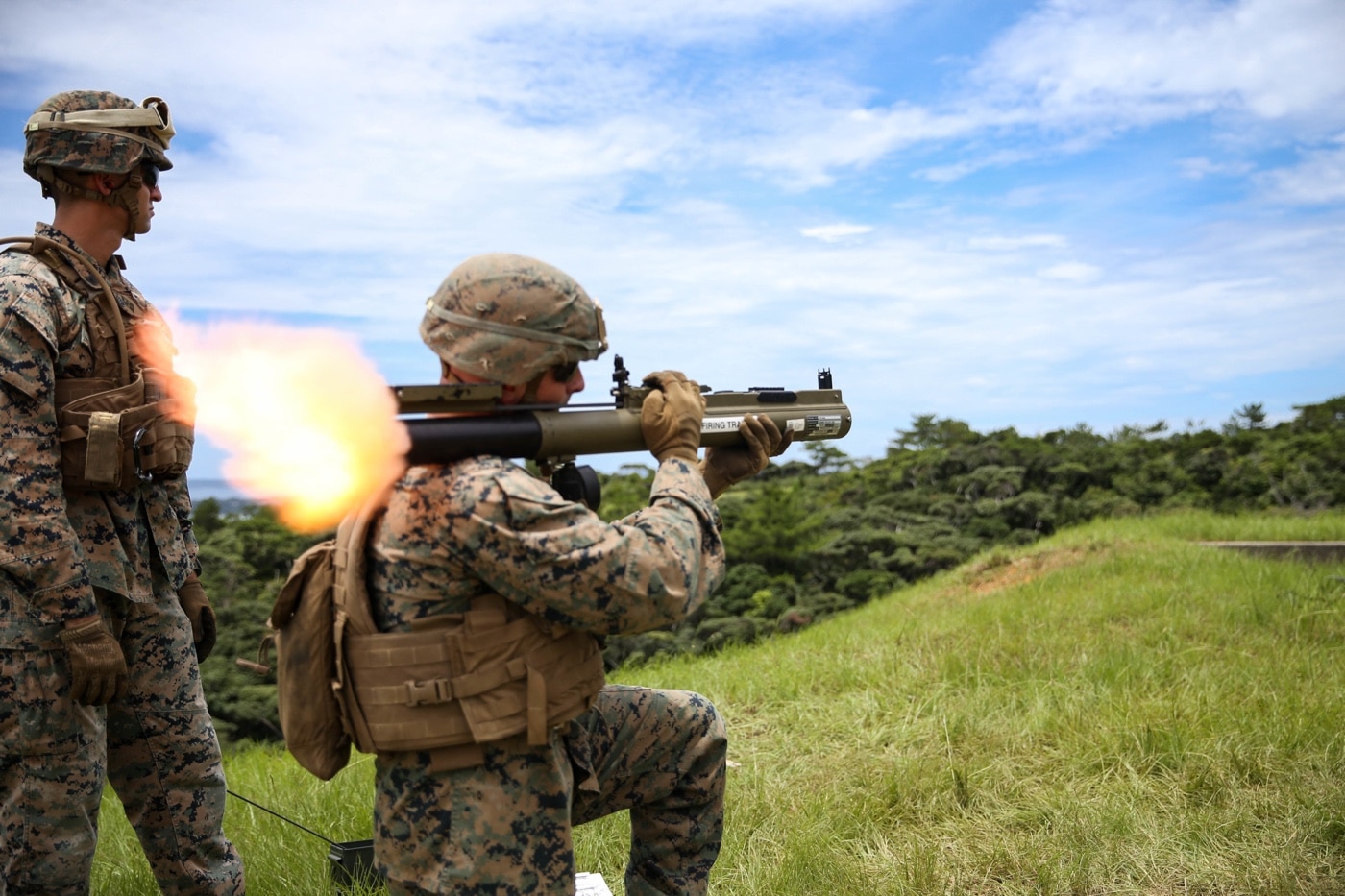
The Rangers secured a nearby highway and stopped traffic as it was encountered. This included a civilian bus containing 43 passengers who were detained on the ground onboard one of the EC130 cargo planes. Minutes after the bus was secured, a fuel tanker ignored the Rangers’ orders to stop and attempted to run through their roadblock. It was later determined that the tanker was smuggling illicit gasoline. In desperation, one of the Rangers unlimbered a shoulder-fired M72 Light Antitank Weapon (LAW).
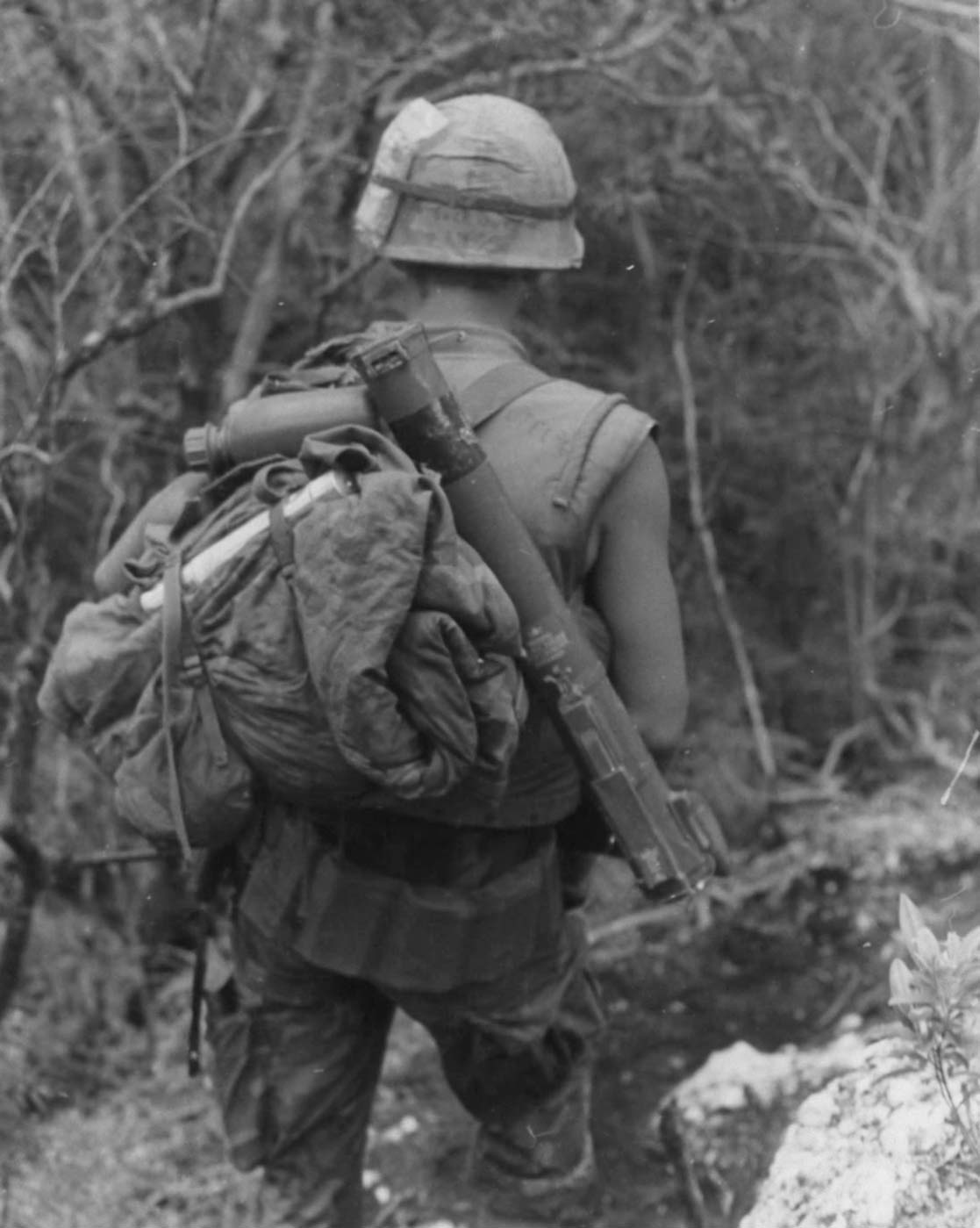
Sighting the disposable rocket launcher in the dark using its luminescent sight, the Ranger center-punched the heavily-laden truck. Like a milk jug hit with a high-powered rifle round, the truck and its contents erupted in a brilliant fireball that was visible for miles around. A passenger in the truck died in the attack, though the driver escaped in a follow-on pickup. From that point, everything seemed to fall apart.
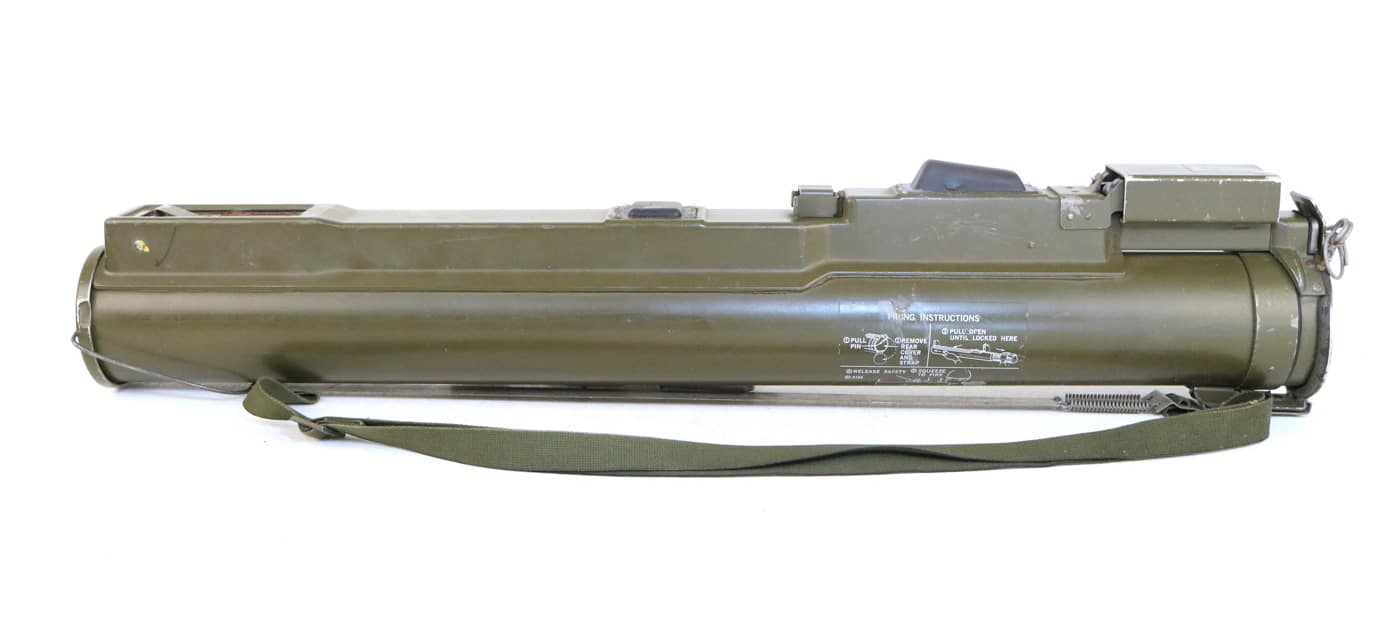
Prior planning had determined that the mission required a minimum of six operational RH-53D Sea Stallion helicopters to be successful. With only five mission-capable aircraft remaining, the decision was made to abort. In the subsequent chaos, a helicopter taxied into an Air Force cargo plane and exploded. Eight American troops died in the inferno, and another four were injured. The mission was a humiliating failure. However, the lessons learned at Desert One helped transform American Special Operations Forces into the most respected and capable on the planet.
Light Anti-Tank Weapon
But what about that LAW launcher? Work on the M72 LAW, or Light Antitank Weapon, first began at Redstone Arsenal in 1959. The mission was to design a more effective and more portable replacement for both the M31 HEAT antitank rifle grenade and the bulky and heavy M20A1 Super Bazooka. American needed an anti-armor weapon to counter the rapidly advancing tank technology developed by the Soviets.
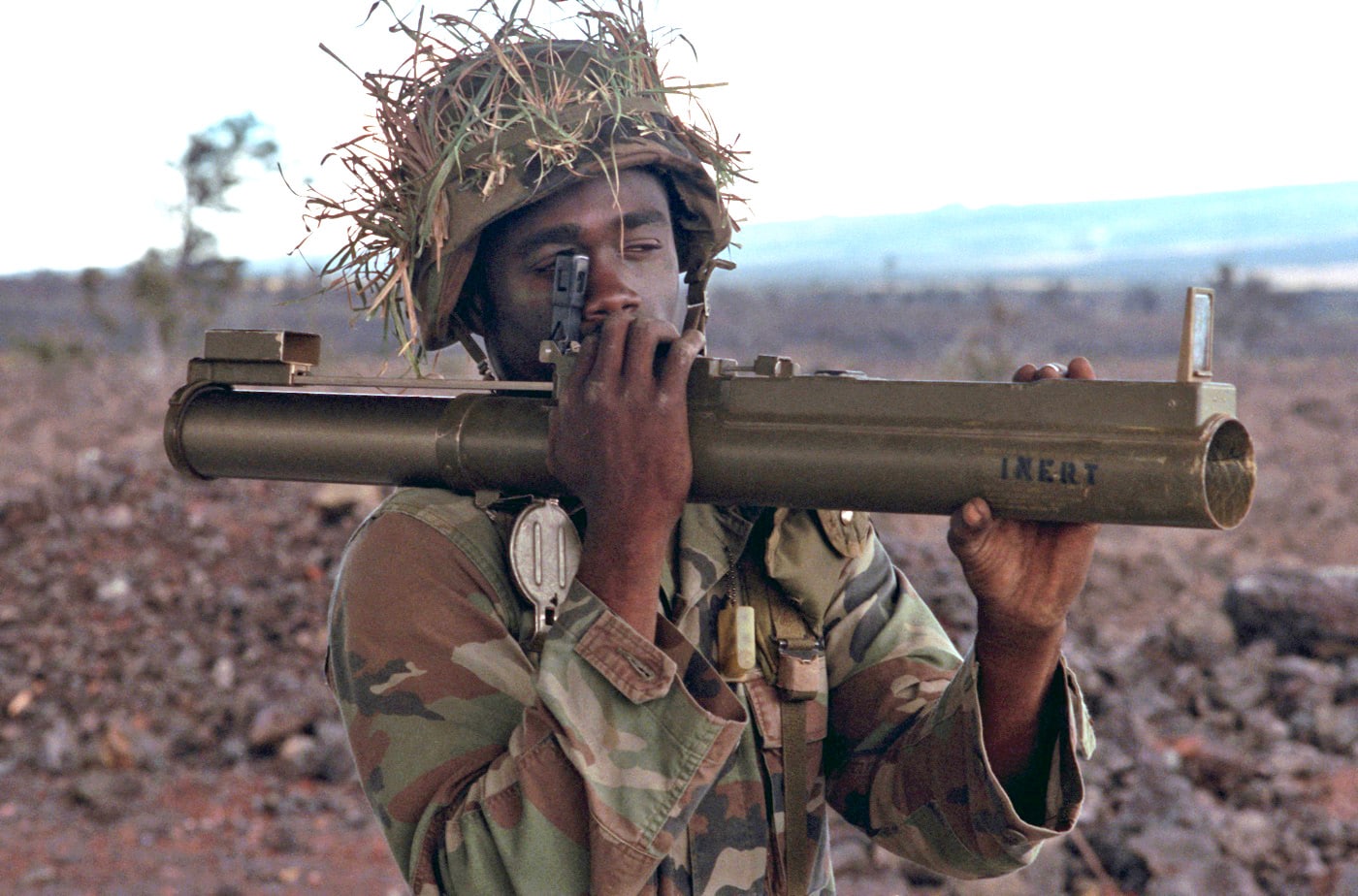
A design team that included Frank Spinale, Charles Weeks, and Chris Choate developed one of the most enduring weapons in the American arsenal.
The M72 consists of a disposable launcher that fires an unguided 66mm solid-fuel rocket. The basic concept is essentially an arithmetic mean between the American bazooka and the German WWII-vintage Panzerfaust.
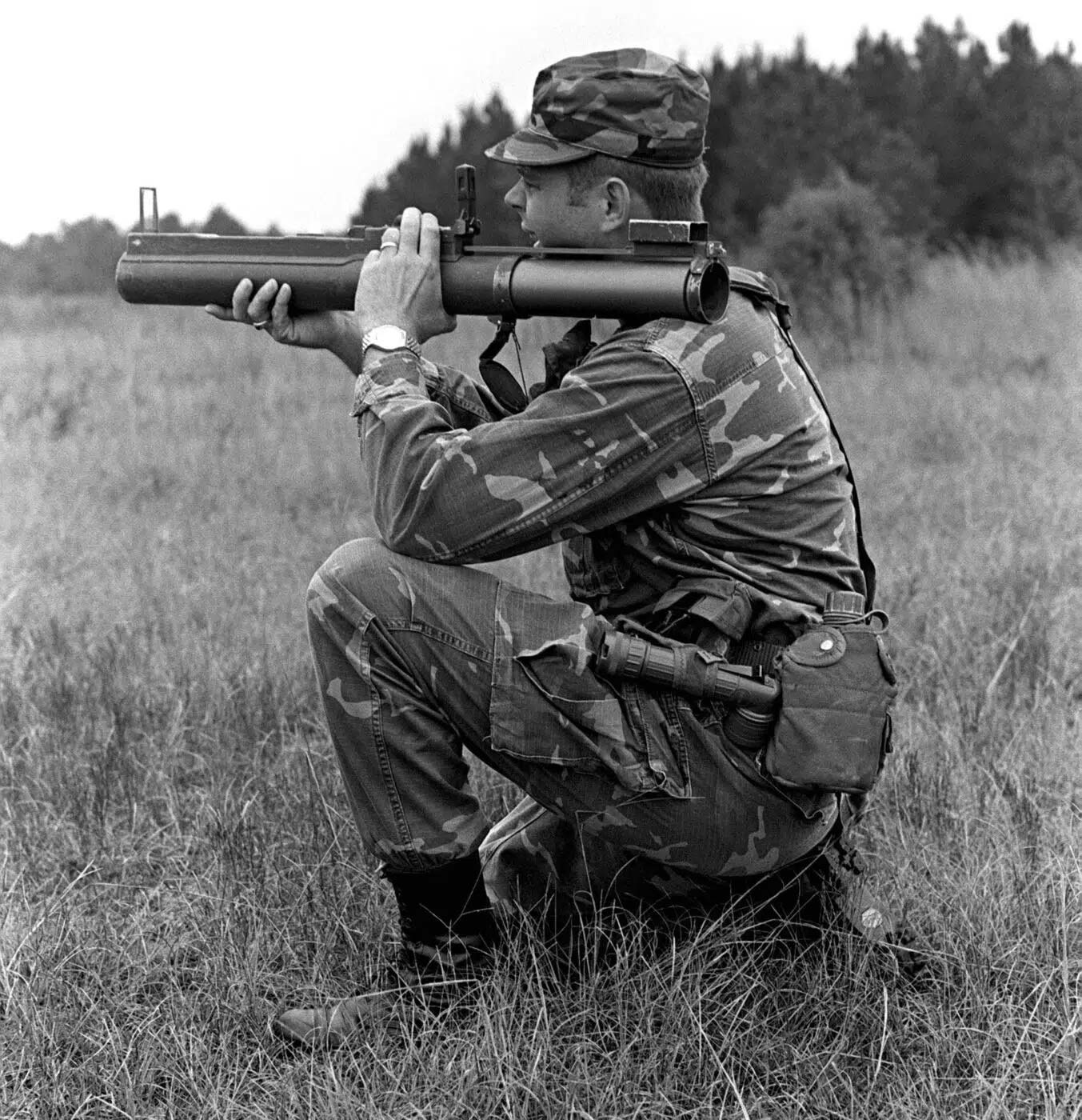
The light anti-armor weapon saw a great deal of use in the Vietnam War and has been improved multiple times over the years. The latest M72A7 weighs 7.9 pounds and has a maximum effective range of 220 meters. The point-initiated, base-detonated round travels at 480 feet per second. A mechanical setback feature prevents the warhead from detonating unless it has been fired.
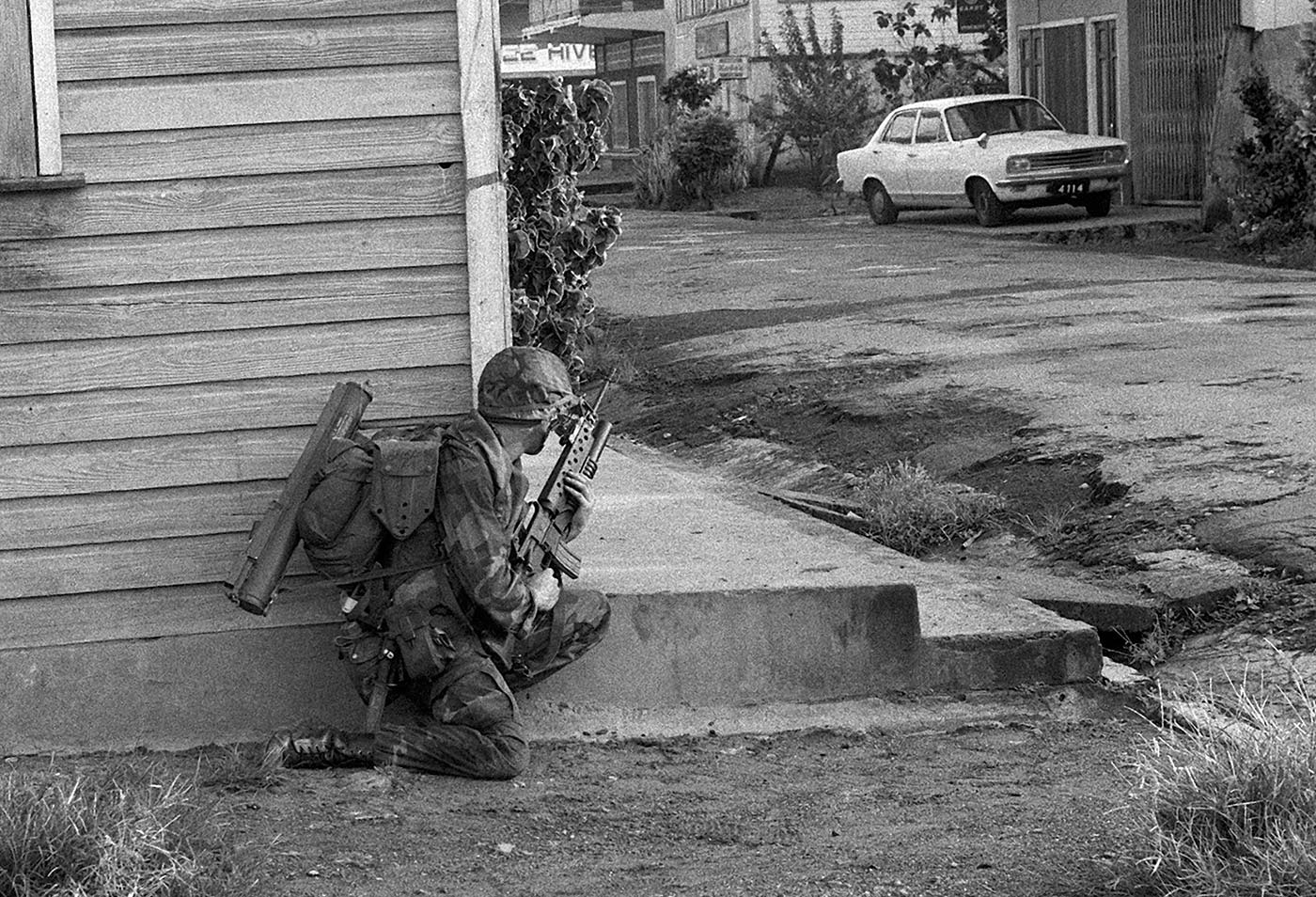
The LAW consists of a single consumable round of ammunition carried within a pair of nested telescoping tubes. The internal tube is aluminum, while the outside sort is fiberglass. When collapsed, the LAW is waterproof and 25” long. Once extended and ready to fire, the M72 is 35” long. The weapon’s minimum arming range is ten meters. The front sight is graduated in 25-meter increments, and the rear peep sight automatically adjusts itself for ambient temperature.
Running the M72 LAW
To deploy the LAW for firing, the operator pulls out the safety pin and pivots the backplate clear. This allows the front cap to fall off of the launcher. You then grasp the launcher front and rear from the top and extend it vigorously. The inner tube telescopes and will lock in place. The front and rear sights are spring-loaded and pop up of their own accord. Now rotate the weapon onto the firing shoulder, taking care to ensure that the backblast area is clear. The backblast is considered dangerous to bystanders out to about 40 meters.
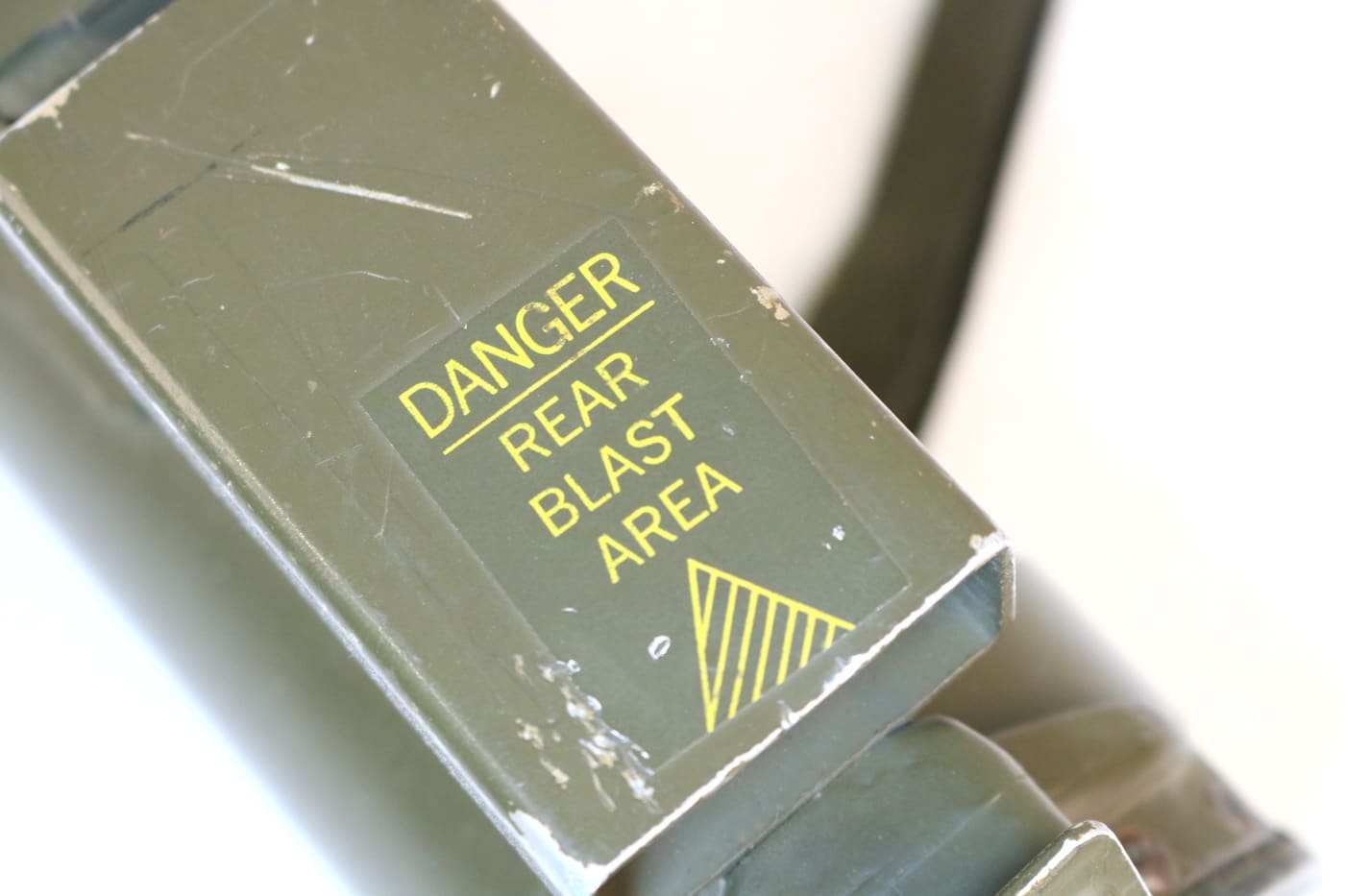
With the weapon pointed downrange, you then pull the firing mechanism forward using the weak hand. The LAW is now armed and ready to fire. Sight the weapon appropriately, support the front with the weak hand, and squeeze downward from the top against the rubber-coated trigger bar to fire the rocket. Once fired, the launcher is considered disposable. No one is reloading these with a fresh anti-tank rocket.
If the launcher needs to be returned to its stowed condition prior to being armed you can press down on the rubber-coated takedown button on the top to release the two tubes. As you telescope the tubes back into themselves, fold the front and rear sights down into the stowed position. Replacing the end caps is fairly self-explanatory.
Staying Power
All military weapons evolve, and Uncle Sam launched a program to replace the LAW back in the 1980s. The end result was the Swedish AT4. The transition was supposed to start in 1983, but the old LAW just won’t die.
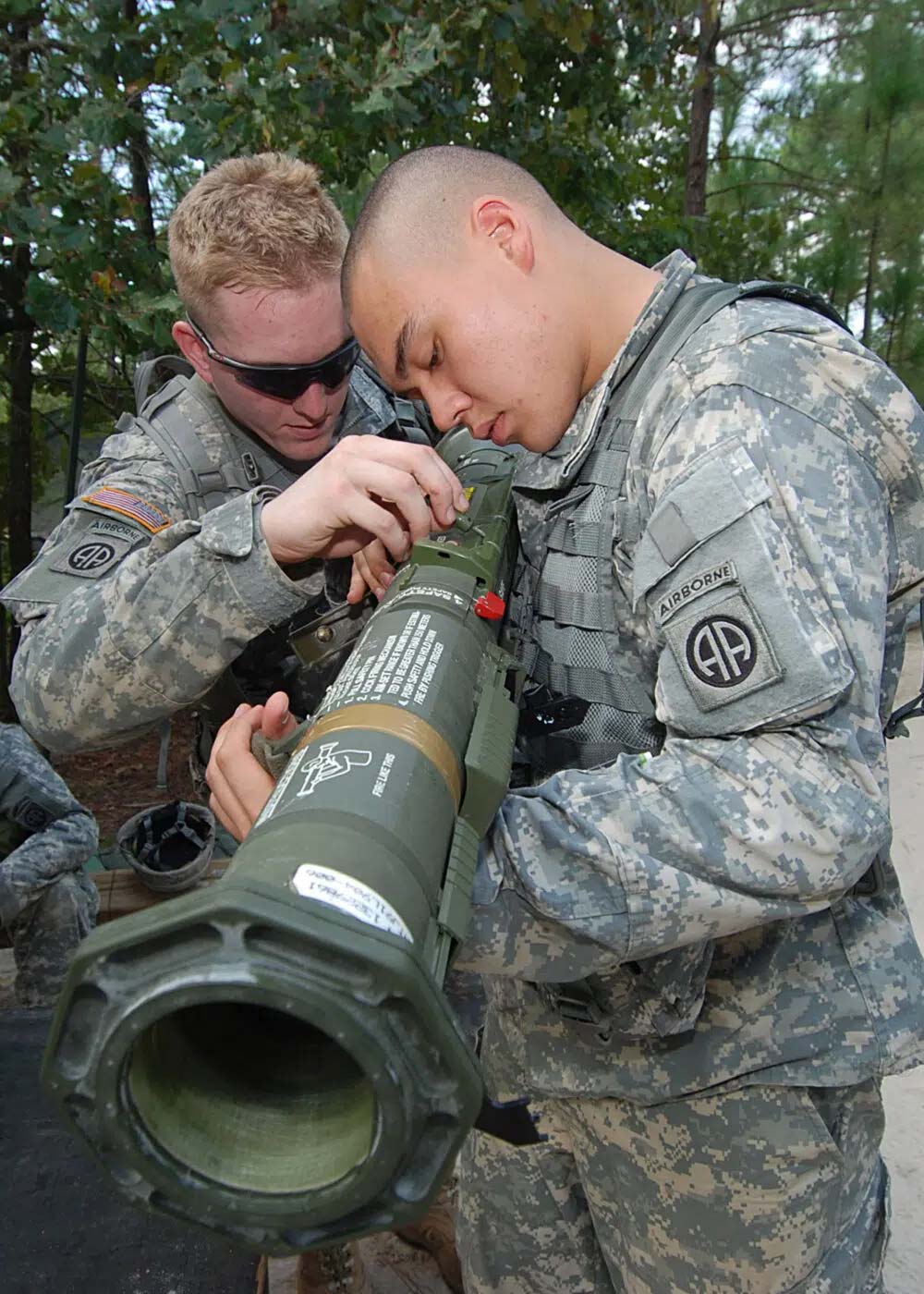
The AT4 weighs between 15 and 18 pounds depending upon the variant and is 40” long. That means an operator can carry two LAWs for the same size and weight burden of a single AT4. As a result, the LAW remains in service even today.
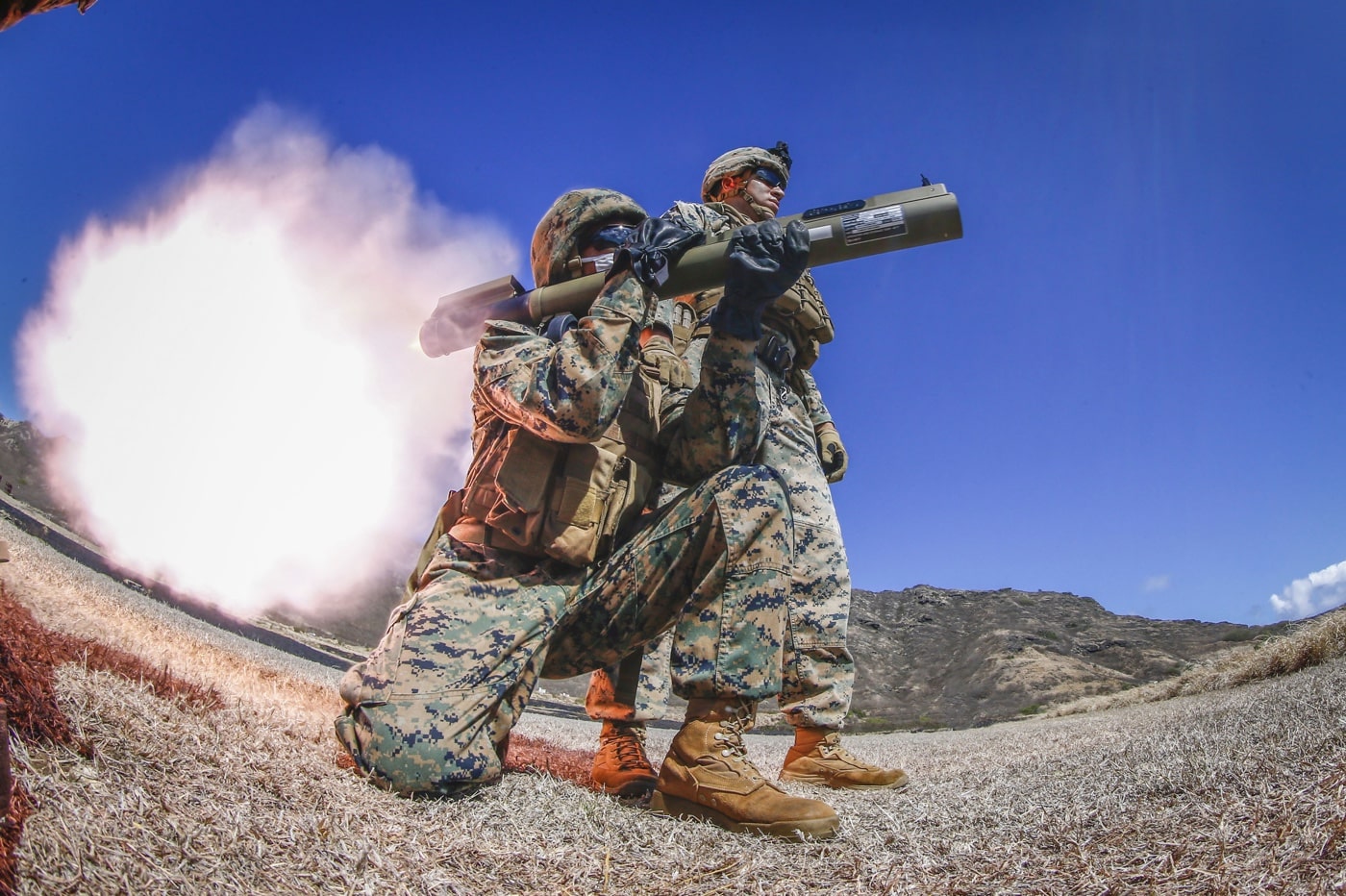
The LAW and AT4 were both designed with the antitank role in mind. However, the tactical demands of the Global War on Terror involved relatively few antitank engagements. Dismounted forces actually needed an easily-portable weapon that could handily punch through walls, destroy cars, trucks and similar unarmored vehicles, or obliterate an enemy fighting position without hampering a soldier’s capacity to move quickly on the battlefield.
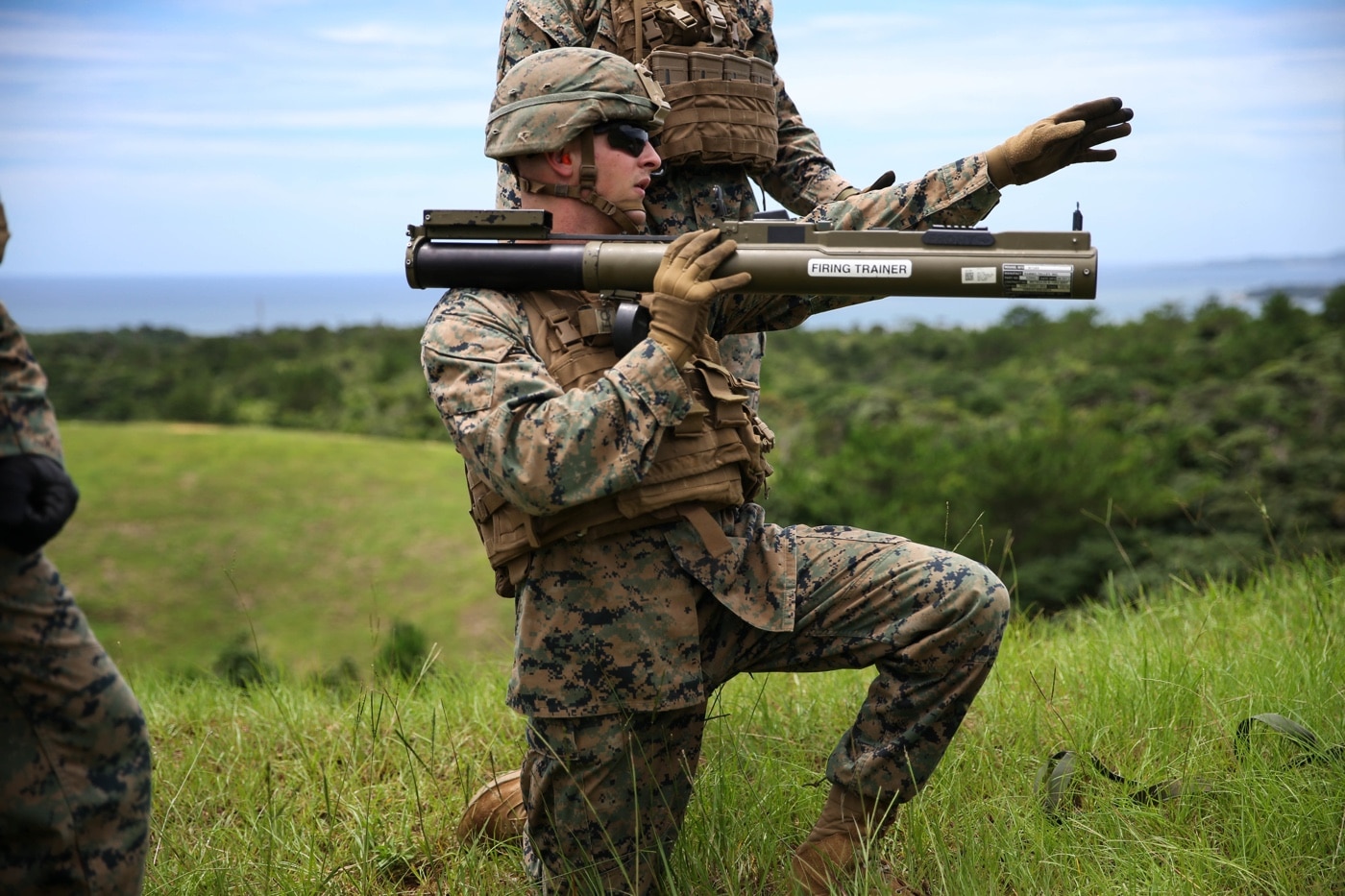
While the M72 isn’t likely to take out a main battle tank, it can still be used effectively against lightly armored vehicles or as an anti-structure weapon. When faced with an, “If it ain’t broke, don’t fix it” scenario, the LAW clung to life. It’s hard to beat the munition for high explosive rocket that a soldier or Marine can easily carry.
The LAW remains in production in Norway, Turkey, and the U.S.. Unit cost runs between $750 and $2,200 depending upon the particulars. Despite being nearly 65 years old, the M72 shows no sign of being replaced anytime soon. Sometimes LAWs just don’t need to be changed.
Editor’s Note: Please be sure to check out The Armory Life Forum, where you can comment about our daily articles, as well as just talk guns and gear. Click the “Go To Forum Thread” link below to jump in!
Join the Discussion
Continue Reading
Did you enjoy this article?

 359
359






